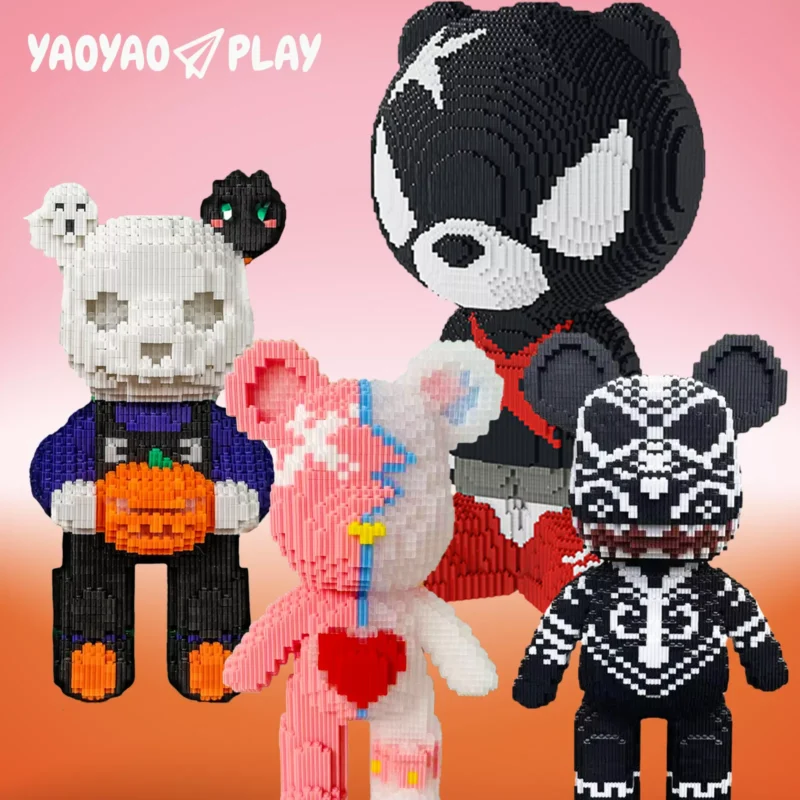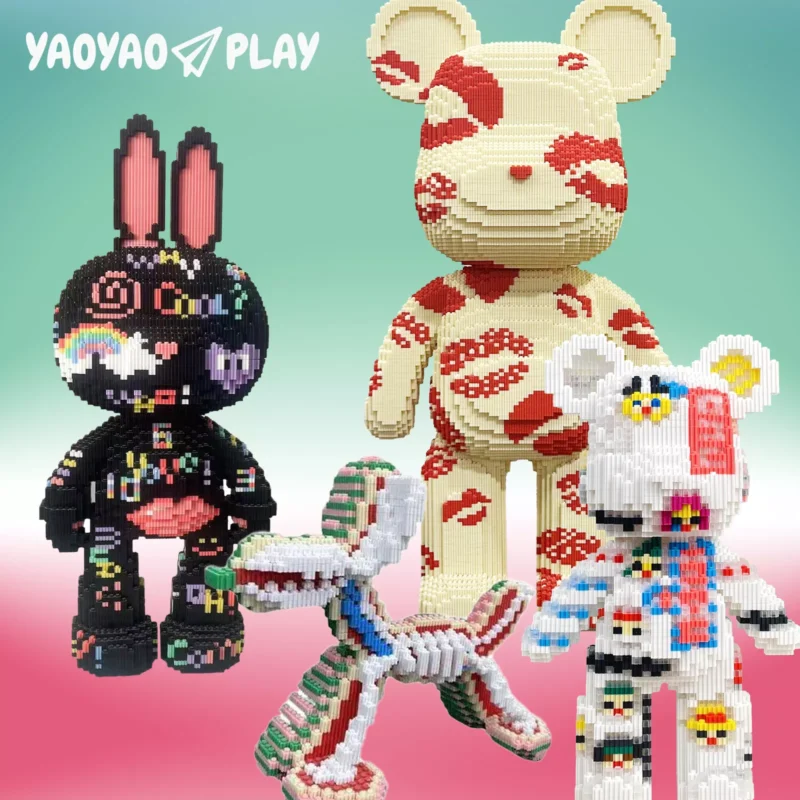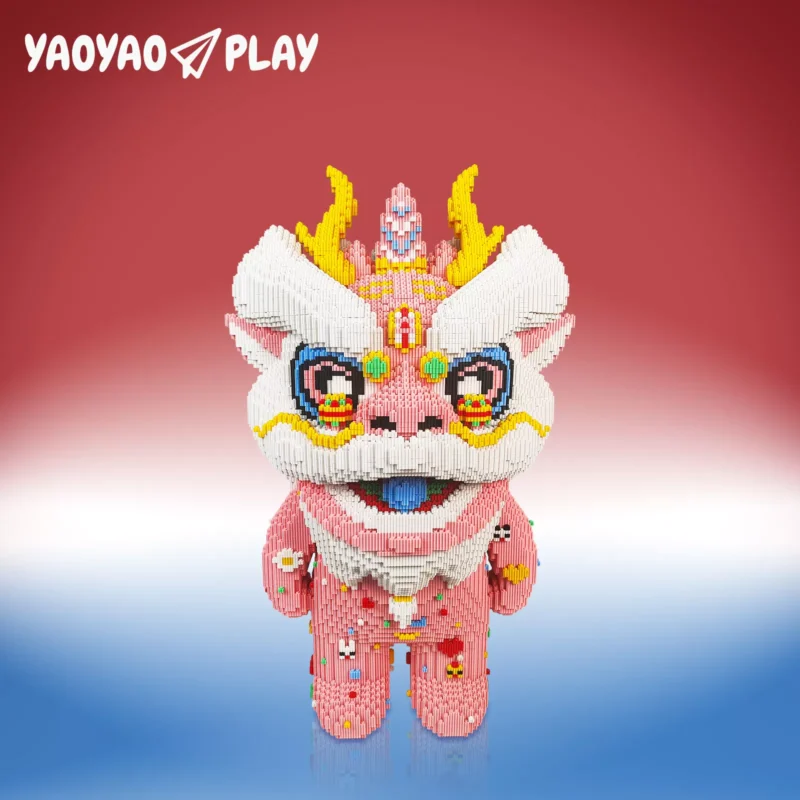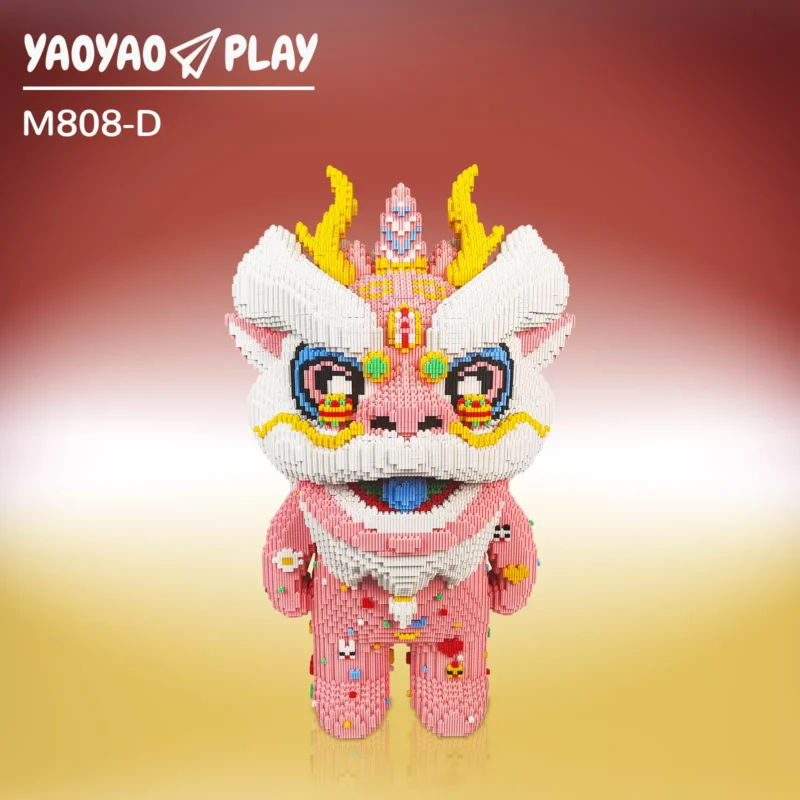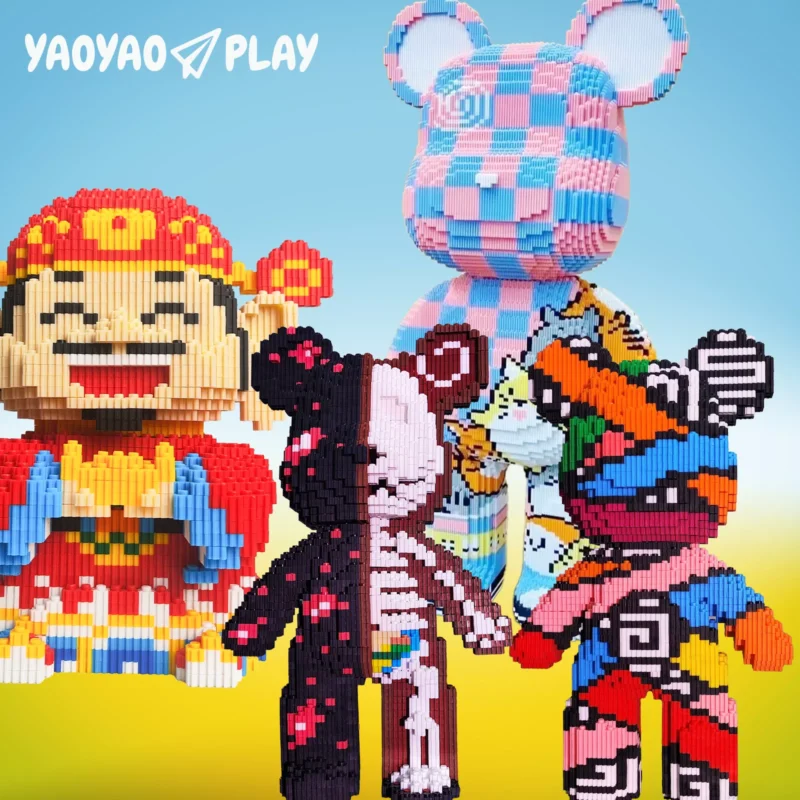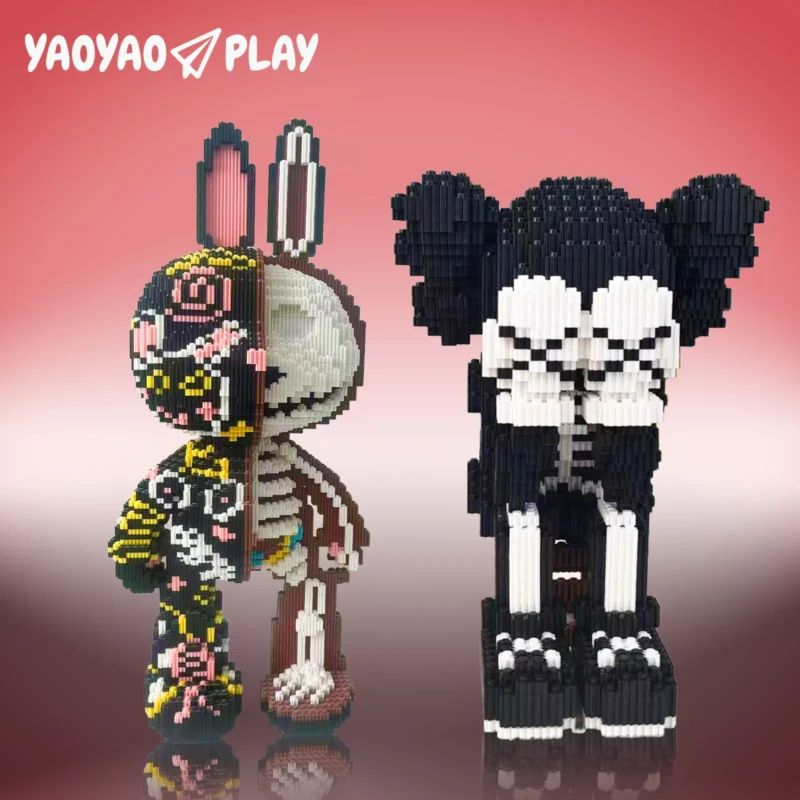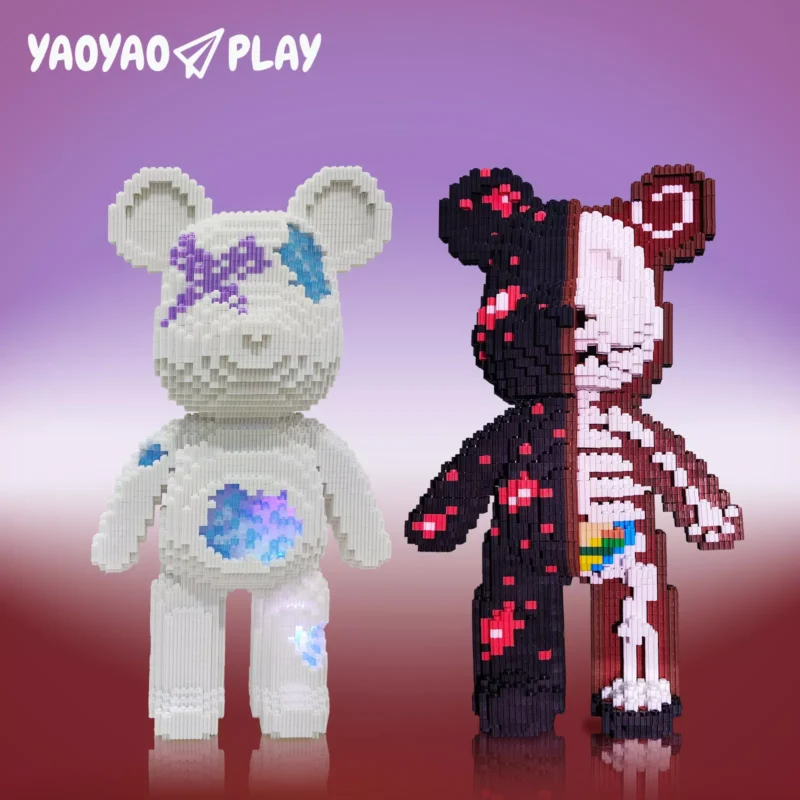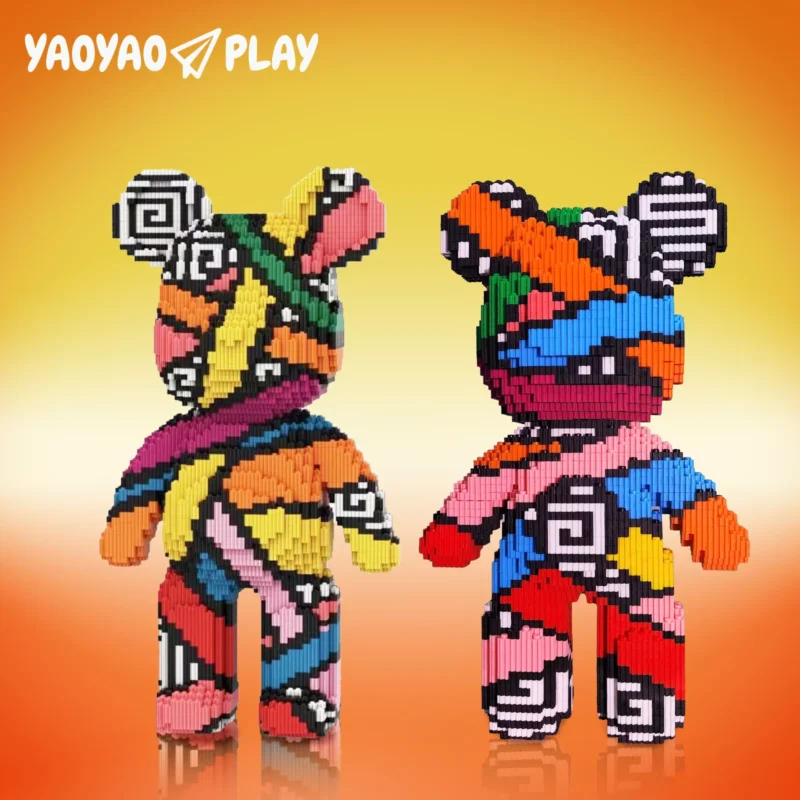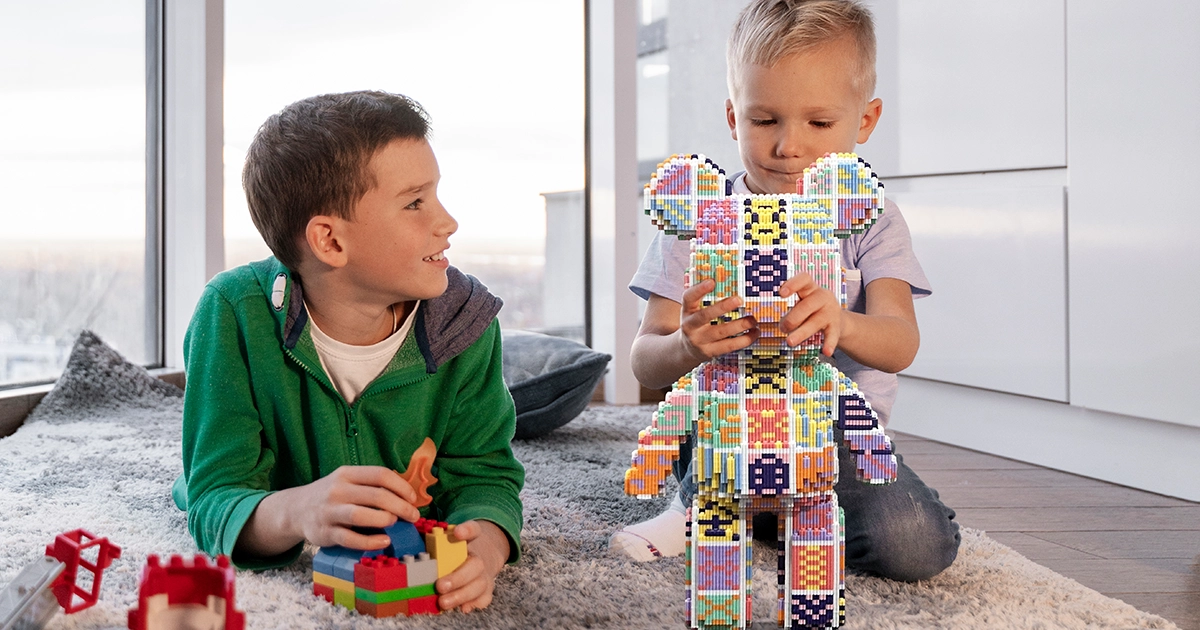Cost Increases and Price Surges
As China remains the dominant supplier of toys to the U.S., covering approximately 77% of the market, recent tariff policies have directly escalated import costs.
According to the National Retail Federation, toy prices could rise by 36% to 56%.
A toy that once retailed for $30 may now sell for $70 or more.
Sources: Spectrum Local News, Trade Partnership

Small Businesses Under Pressure
The Toy Association highlights that 96% of American toy companies are small to mid-sized businesses.
With limited profit margins, these companies are particularly vulnerable to rising costs.
Many may be forced to increase retail prices, reduce product variety, or shut down entirely.
Sources: CNN, Fox 5 DC
Supply Chain Adjustments Remain Challenging
While some manufacturers are shifting production to Vietnam or India, these regions still lack the scale and supply chain maturity of China.
For instance, MGA Entertainment plans to raise its non-China output from 10–15% to 40% within six months, but 60% of production still relies on China.
Sources: Sina, Reuters
How Consumers Are Affected
1. Increased Spending
Due to higher tariffs, consumers must pay more for the same toys—an issue particularly impactful for low-income families.
Estimates suggest that American households may spend $900 million to $1.4 billion more annually on toys.
Source: FreightAmigo
2. Higher Holiday Costs
By Christmas 2025, as much as 80% of toy prices are projected to double.
This may force families to shop early, buy fewer gifts, or reconsider purchases entirely.
3. Limited Product Choices
Price increases could lead consumers to settle for lower-quality alternatives, affecting overall satisfaction.
Additionally, some brands may reduce their product lines, limiting market choice.
Industry Strategies to Respond
1. Diversifying Supply Chains
To reduce dependency on China, companies are exploring alternatives like Vietnam or India.
However, these transitions require significant time and resources.
2. Enhancing Product Value
By improving design, functionality, or brand story, companies can justify higher prices and strengthen consumer appeal.
Examples include limited editions, special collaborations, or collector-focused packaging.
3. Transparent Consumer Communication
With price hikes inevitable, companies are encouraged to openly explain pricing changes, offer promotional deals, and build brand loyalty through memberships or benefits.
Final Thoughts
The imposition of U.S. tariffs on Chinese toy imports has had a wide-reaching impact—raising prices, pressuring businesses, and reshaping the industry.
Toy brands must adapt by strengthening product value and adjusting supply chains.
For consumers, this means making informed choices and adjusting budgets for the new reality.
🧸 Discover the Big White Heart Bear Block Set: Designed to last, built for joy.
🎥 Want to see how we’re adapting with creative builds and stories?
Follow our TikTok channel for more insights.

 Tiny Bear – Under 3,000 pcs | 1–2 Hour Build
Tiny Bear – Under 3,000 pcs | 1–2 Hour Build Small Bear – 3,001–6,000 pcs | 2–5 Hour Build
Small Bear – 3,001–6,000 pcs | 2–5 Hour Build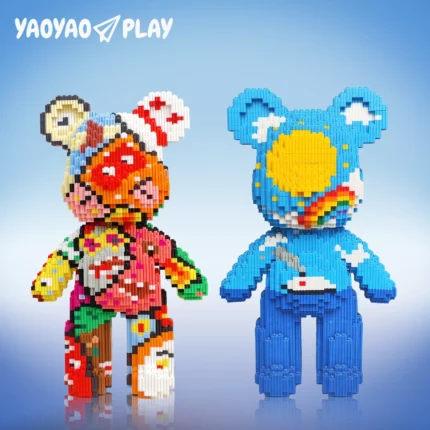
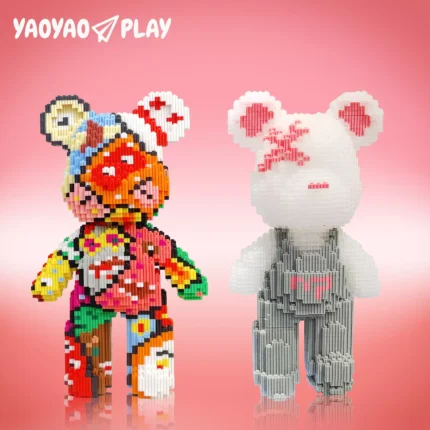
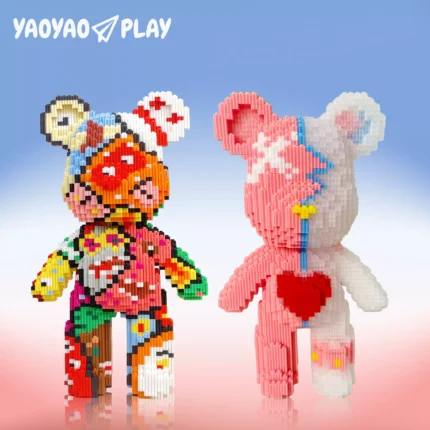
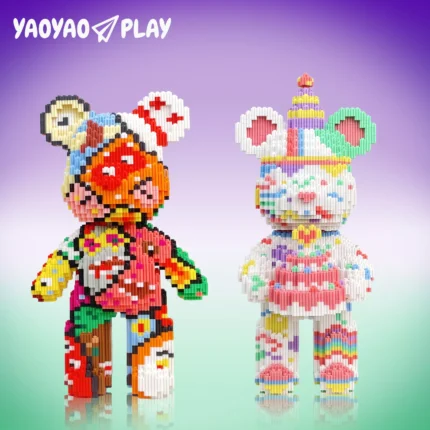
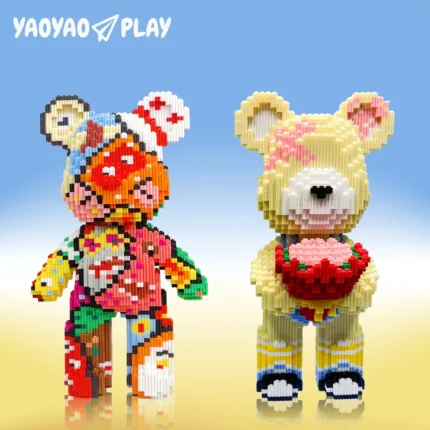


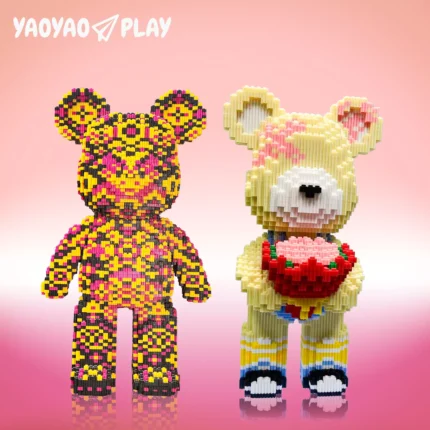



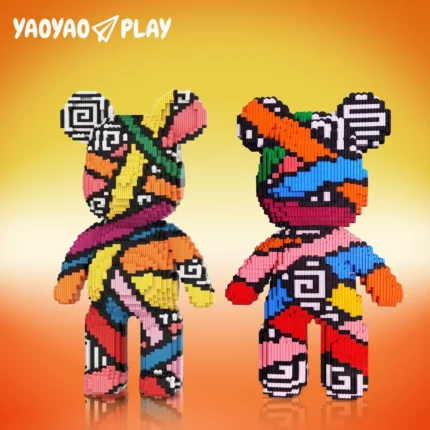
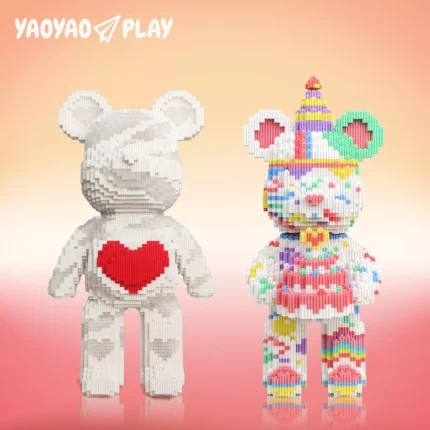


 Large Bear – 6,001–9,000 pcs | 1–2 Day Build
Large Bear – 6,001–9,000 pcs | 1–2 Day Build
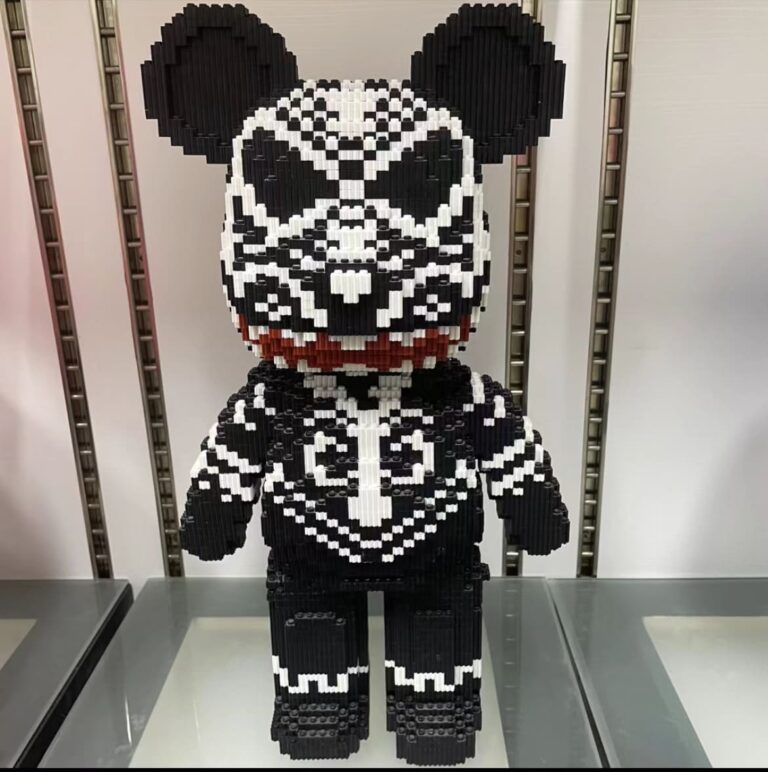
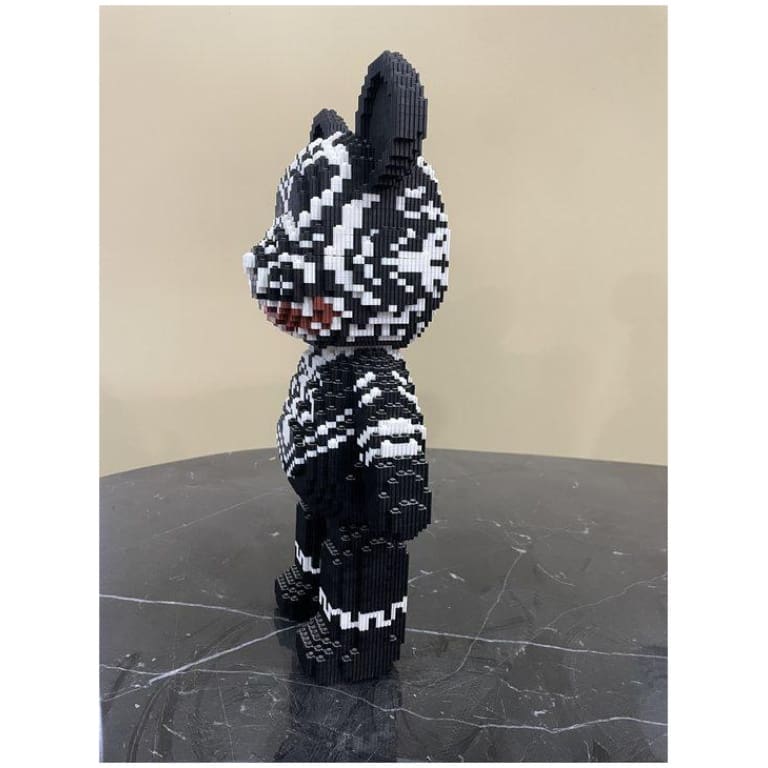

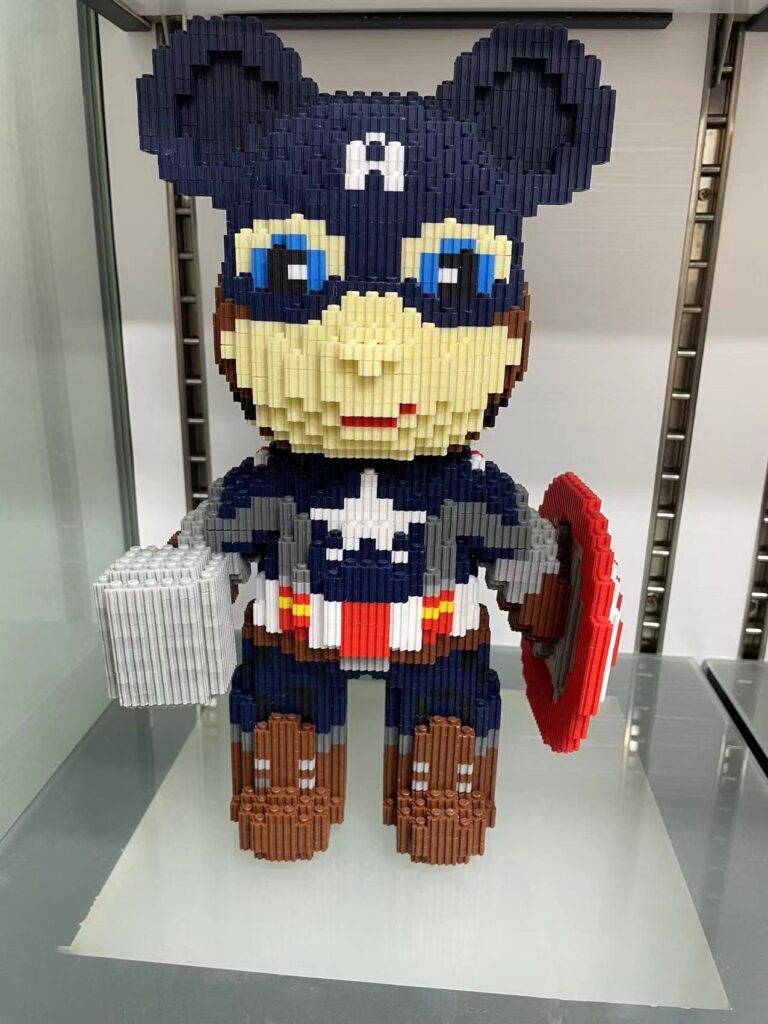
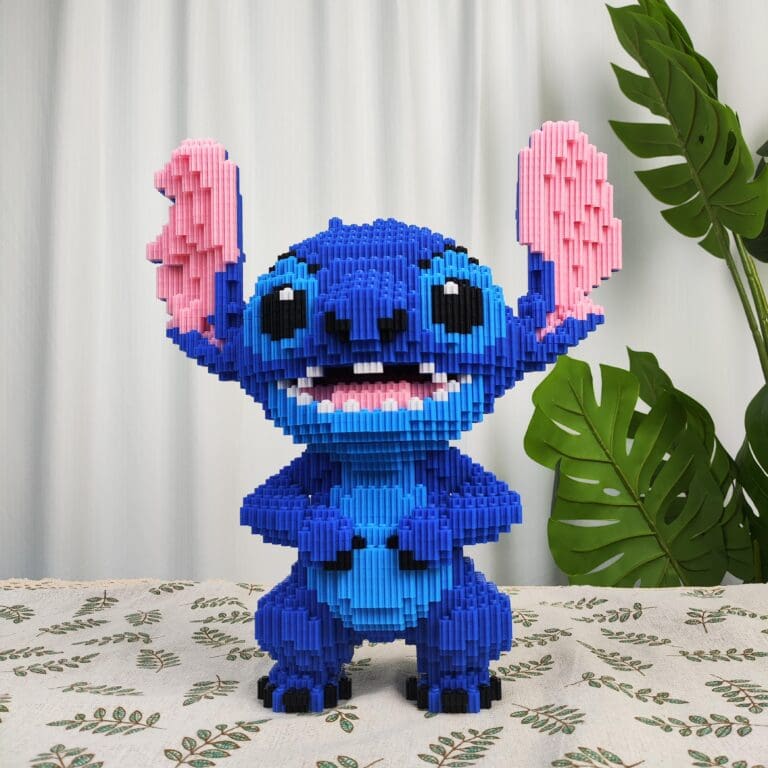

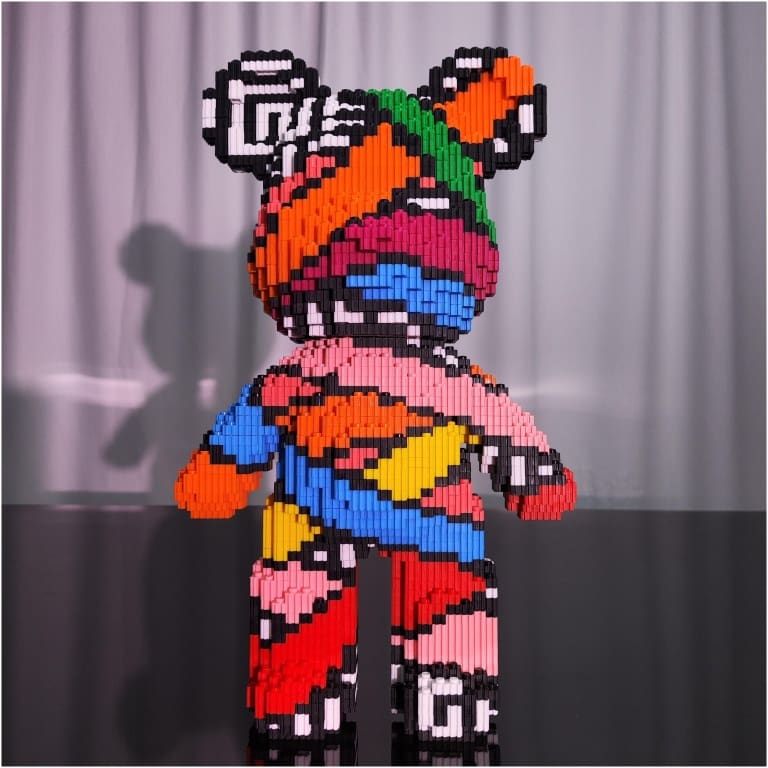
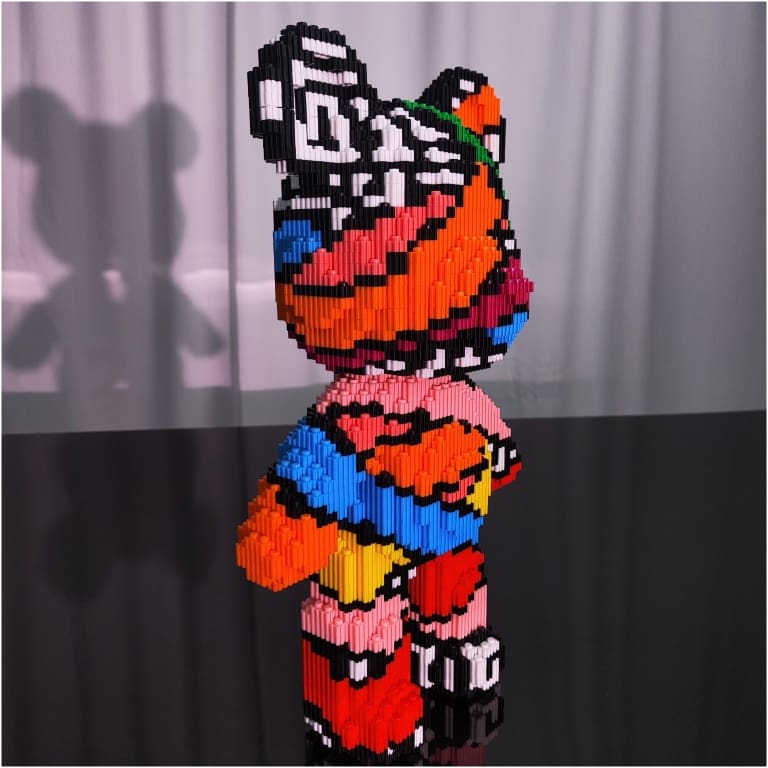
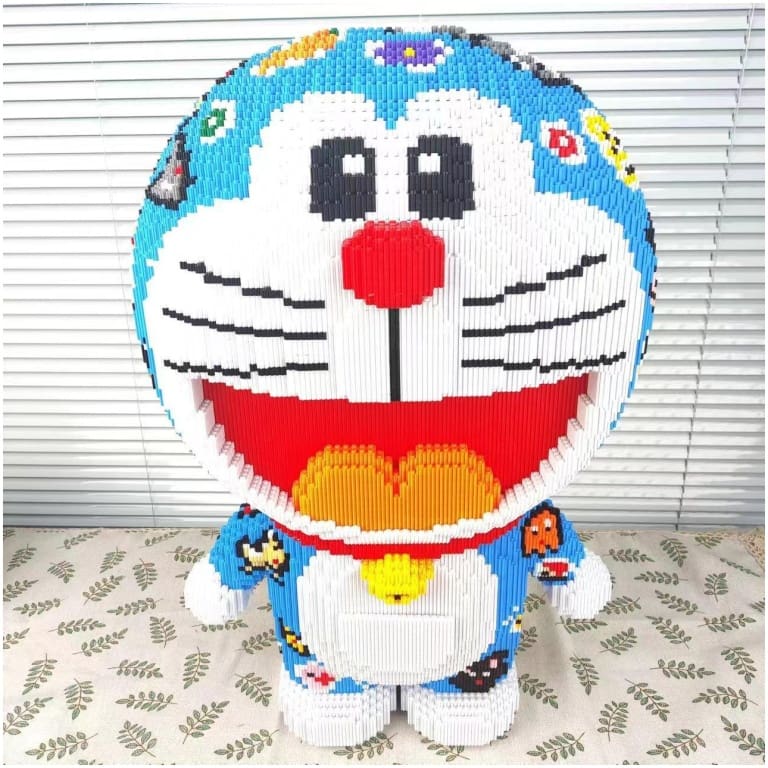
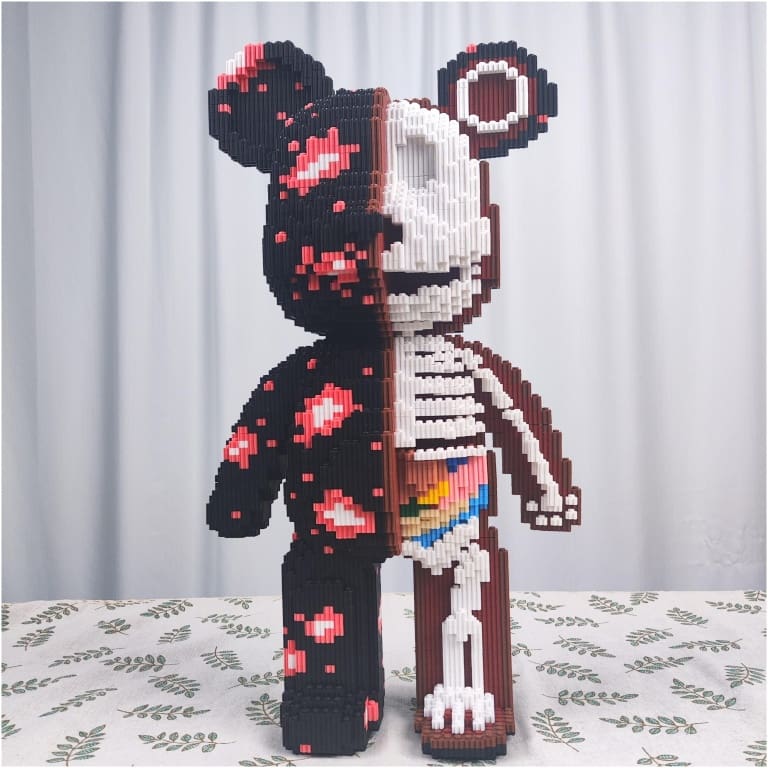

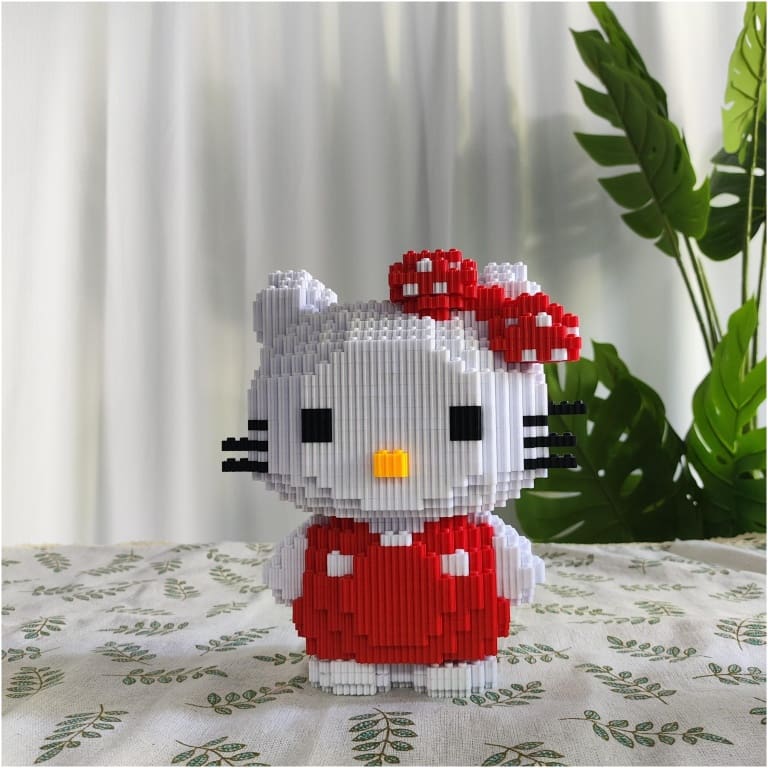
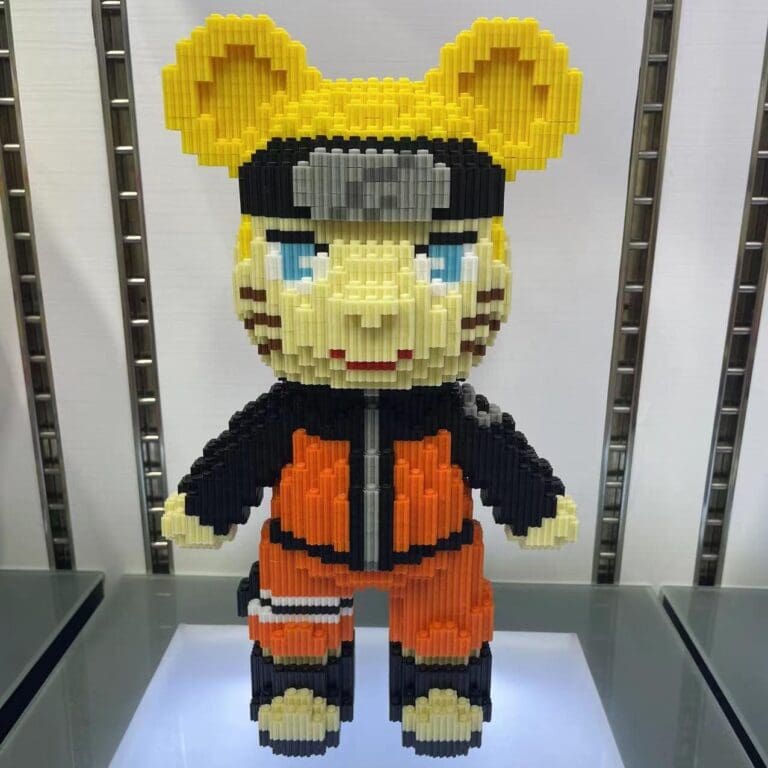
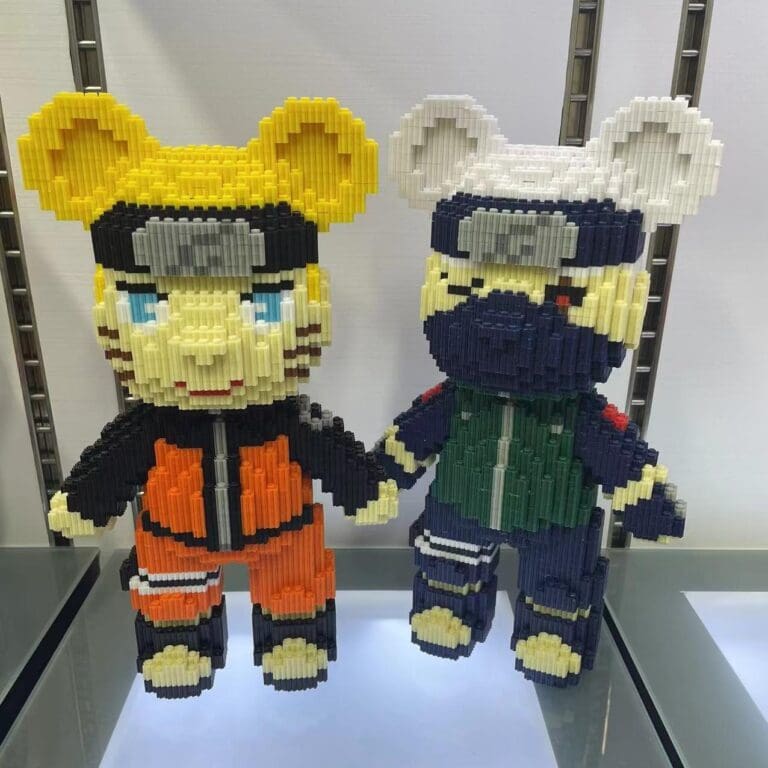
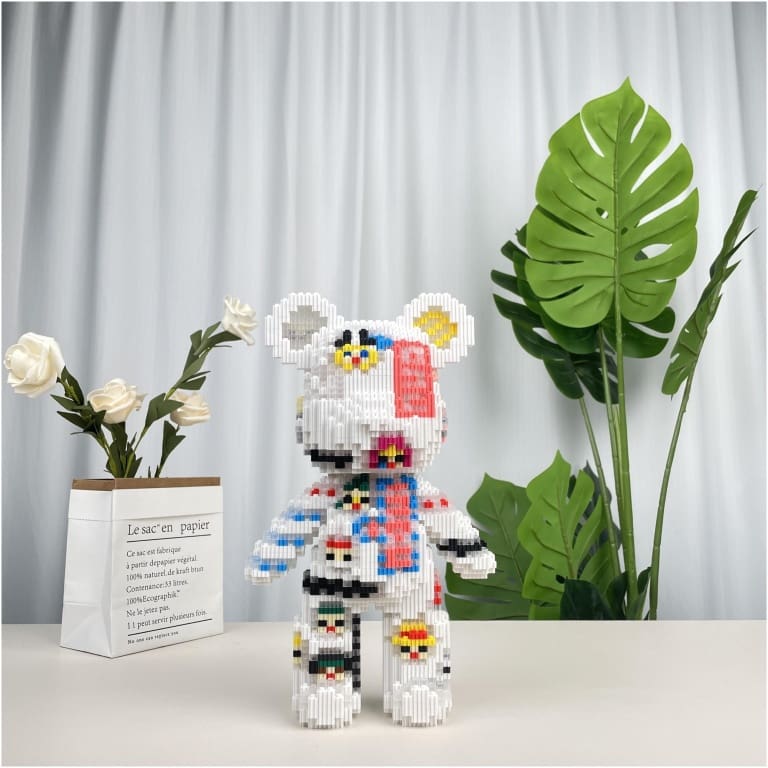
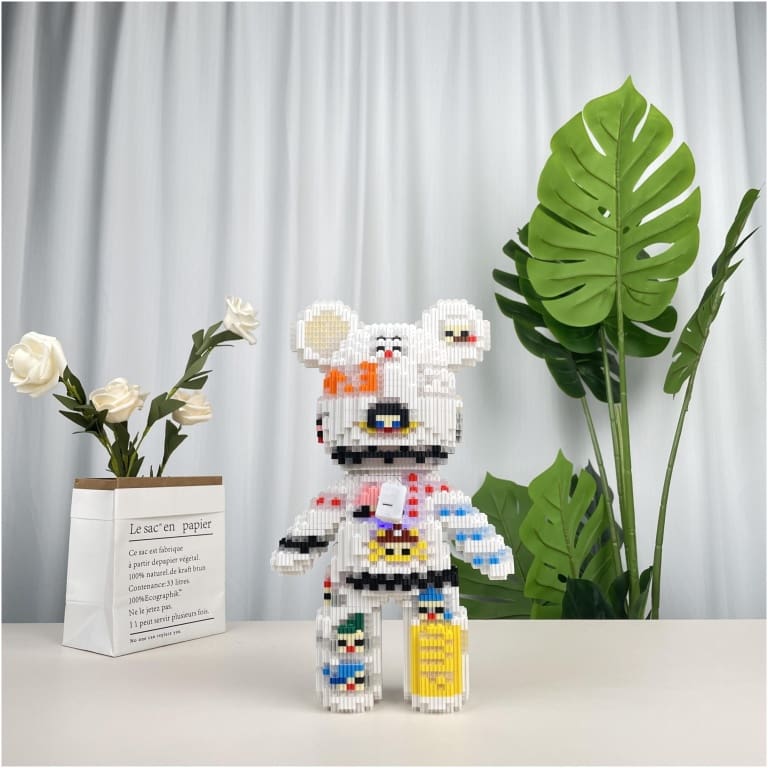

 Mega Bear – 9,001–22,000 pcs | 3–7 Day Build
Mega Bear – 9,001–22,000 pcs | 3–7 Day Build
